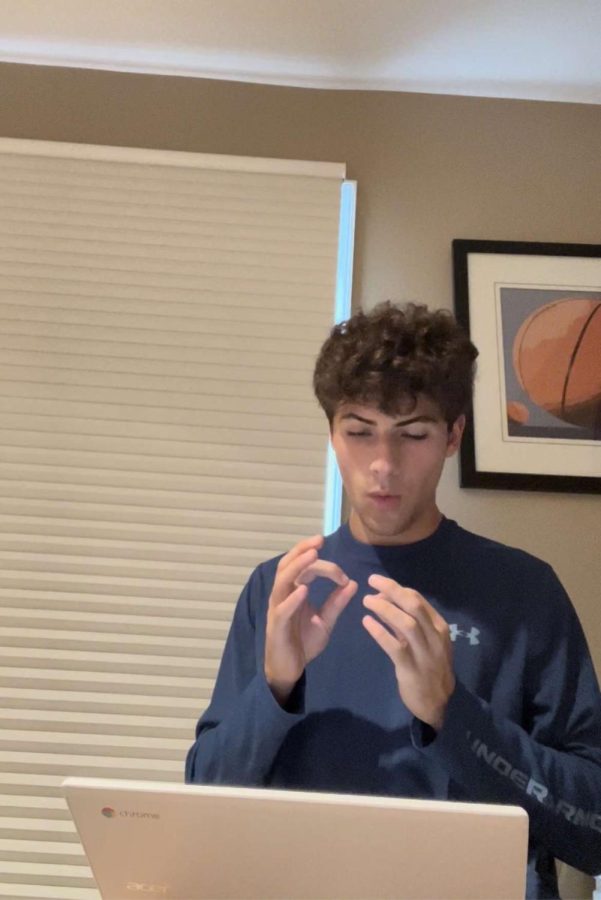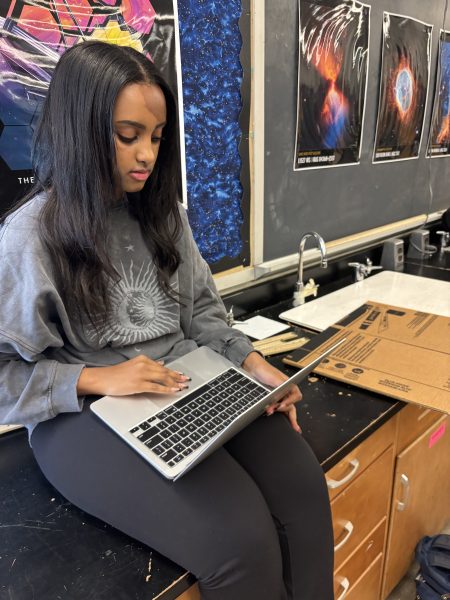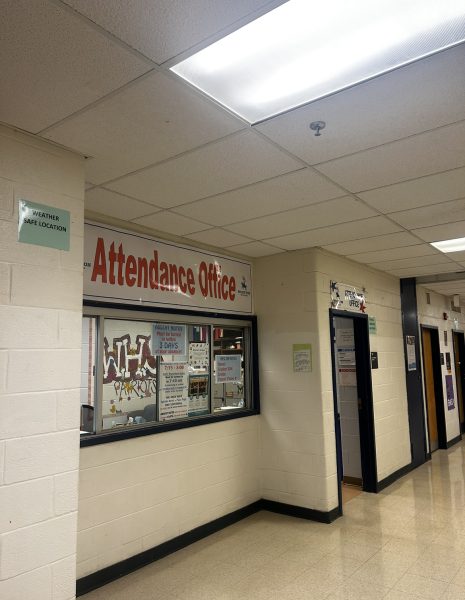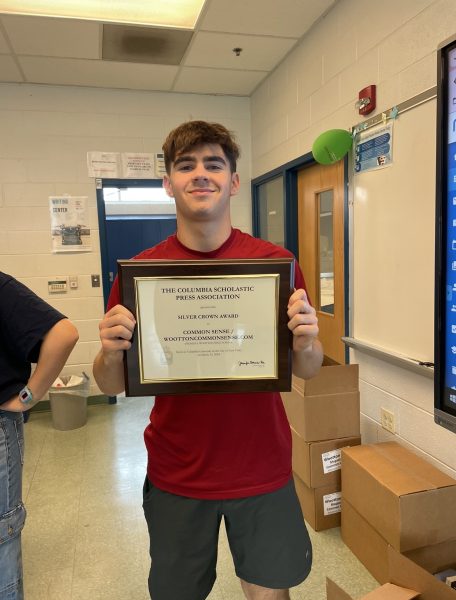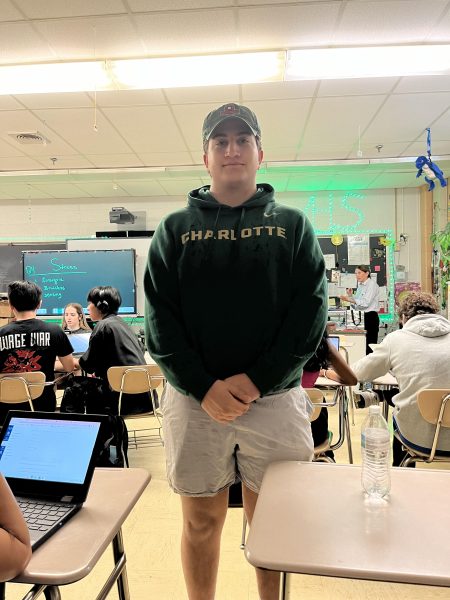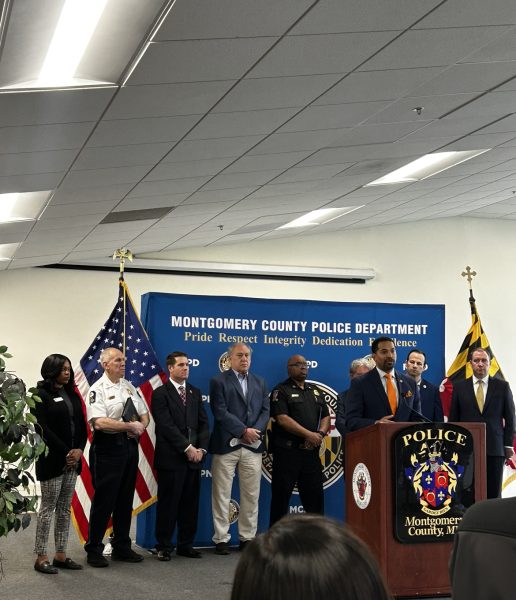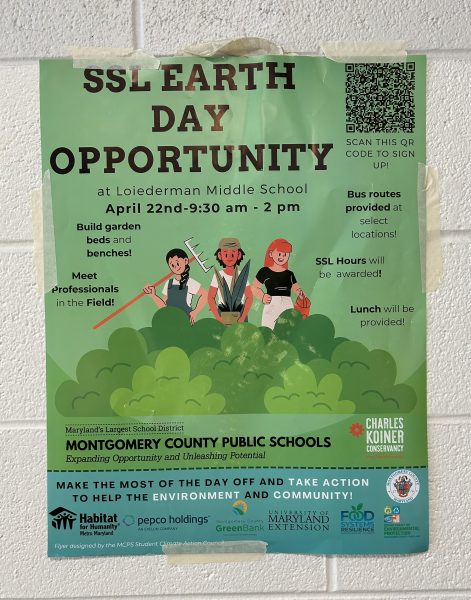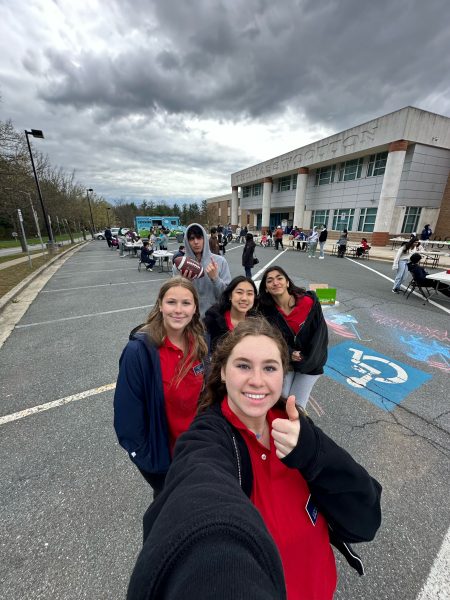Signing back onto the scene with ASL Club
Former ASL student and prospective ASL club member senior Josh Mirsky signs on a Zoom meeting.
On the second Wednesday of every month, ASL club, led by seniors Bailey Golub and Rebecca Katz meets in room number 142 during lunch to teach people about the ASL and the Deaf community.
The ASL club is a way to learn and practice sign language with fellow students. Joining the club is helpful for students to expand their knowledge of the language and the community surrounding it. “We are really aiming to just engage in conversation about topics we might not have the time or opportunity to discuss during class,” ASL teacher and club sponsor Lea Clark said.
The club is perfect for someone looking to further their education in deaf-related things. “It can help students learn more about ASL, it can also spread awareness about ASL and deaf and hard-of-hearing people,” sophomore and club member Brooke Zweig said.
A meeting takes place once a month to inform students of new signs and Deaf culture-related topics. The first half of the meeting is more lecture-based. “We plan to continue the structure used last year, which consists of a slideshow presentation every meeting going over Deaf related news, new signs, and any other important information regarding the club,” Golub said.
The second half of meetings is more conversational and self-guided. “This will be guided by what the members want (we could continue talking about a topic, voice-off signing, etc),” Golub said.
The club offers insight into what deaf people experience living in a hearing world. Having a club available for students to learn more about topics they’re interested in is crucial. “Many people are unaware of ASL and Deaf Culture so this club is a good way to expose students to that world and become a more inclusive community,” Golub said.
Club members say giving kids an opportunity to learn about something outside of academics like ASL is important. Schools have to be careful though when going about starting an ASL club. “It should not be started if there is someone running it that has no experience with ASL or Deaf Culture,” Clark said.
American sign language is used by approximately half a million people in the U.S. More and more schools are implementing ASL programs into their curriculum. “I think it’s cool how you can speak a language by just making different shapes and motions with your hands,” Zweig said.
ASL is becoming more and more common in schools all over America. Club members say it’s important for students to have a wide variety of languages to choose from. “We did not even have ASL at my high school, but I would have taken it and been in the club if it was offered,” Clark said.
Though ASL is becoming a more commonly taught language, it’s still difficult to find schools that offer courses like these. “As a senior applying to college, it has shocked me how many universities don’t currently have an ASL club or ASL classes in general,” Golub said.
Your donation will support the student journalists of Thomas S. Wootton High School. Your contribution will allow us to purchase equipment and cover our annual website hosting costs.
Junior Emma Karcz is a news editor in her second year on the Common Sense staff. In her free time, she enjoys reading books, listening to music, and going...


